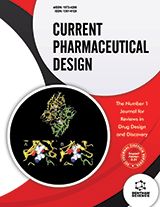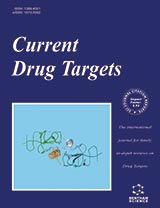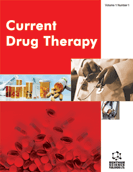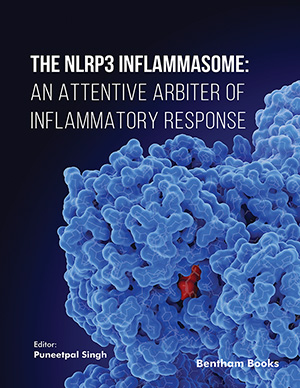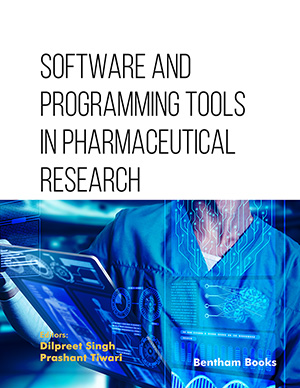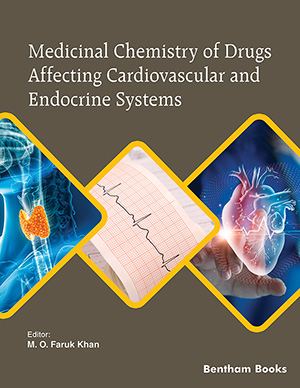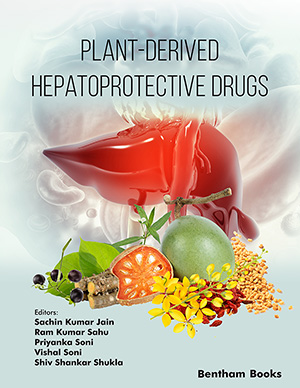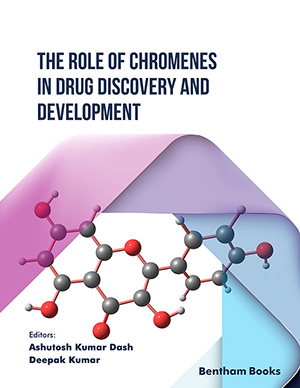Abstract
Positron Emission Tomography (PET) is an imaging modality which can determine biochemical and physiological processes in vivo in a quantitative way by using radiopharmaceuticals labeled with positron emitting radionuclides as 11C, 13N, 15O and 18F and by measuring the annihilation radiation using a coincidence technique. This includes also measurement of the pharmacokinetics of labeled drugs and the assessment of the effects of drugs on metabolism. Because only very low amounts of the radiolabeled drug have to be administered, far below toxicity levels, human studies can be carried out even before the drug is entered in Phase I. Such studies can provide cost-effective predictive toxicology data and information on the metabolism and mode of action of drugs. PET is also very useful to study the metabolic consequences of gene expression or gene defects. In the last decade many genetically engineered small animal models have been developed. The study of these animals with high resolution small animal PET cameras provides new opportunities in drug development. Especially valuable is the contribution of PET to bridge the gap between molecular biology, understanding of pathology and to the design of a new generation of drugs.
Current Pharmaceutical Design
Title: Positron Emission Tomography in Drug Development and Drug Evaluation
Volume: 6 Issue: 16
Author(s): A. M. J. Paans and W. Vaalburg
Affiliation:
Abstract: Positron Emission Tomography (PET) is an imaging modality which can determine biochemical and physiological processes in vivo in a quantitative way by using radiopharmaceuticals labeled with positron emitting radionuclides as 11C, 13N, 15O and 18F and by measuring the annihilation radiation using a coincidence technique. This includes also measurement of the pharmacokinetics of labeled drugs and the assessment of the effects of drugs on metabolism. Because only very low amounts of the radiolabeled drug have to be administered, far below toxicity levels, human studies can be carried out even before the drug is entered in Phase I. Such studies can provide cost-effective predictive toxicology data and information on the metabolism and mode of action of drugs. PET is also very useful to study the metabolic consequences of gene expression or gene defects. In the last decade many genetically engineered small animal models have been developed. The study of these animals with high resolution small animal PET cameras provides new opportunities in drug development. Especially valuable is the contribution of PET to bridge the gap between molecular biology, understanding of pathology and to the design of a new generation of drugs.
Export Options
About this article
Cite this article as:
J. Paans M. A. and Vaalburg W., Positron Emission Tomography in Drug Development and Drug Evaluation, Current Pharmaceutical Design 2000; 6 (16) . https://dx.doi.org/10.2174/1381612003398906
| DOI https://dx.doi.org/10.2174/1381612003398906 |
Print ISSN 1381-6128 |
| Publisher Name Bentham Science Publisher |
Online ISSN 1873-4286 |
Call for Papers in Thematic Issues
"Tuberculosis Prevention, Diagnosis and Drug Discovery"
The Nobel Prize-winning discoveries of Mycobacterium tuberculosis and streptomycin have enabled an appropriate diagnosis and an effective treatment of tuberculosis (TB). Since then, many newer diagnosis methods and drugs have been saving millions of lives. Despite advances in the past, TB is still a leading cause of infectious disease mortality ...read more
Current Pharmaceutical challenges in the treatment and diagnosis of neurological dysfunctions
Neurological dysfunctions (MND, ALS, MS, PD, AD, HD, ALS, Autism, OCD etc..) present significant challenges in both diagnosis and treatment, often necessitating innovative approaches and therapeutic interventions. This thematic issue aims to explore the current pharmaceutical landscape surrounding neurological disorders, shedding light on the challenges faced by researchers, clinicians, and ...read more
Emerging and re-emerging diseases
Faced with a possible endemic situation of COVID-19, the world has experienced two important phenomena, the emergence of new infectious diseases and/or the resurgence of previously eradicated infectious diseases. Furthermore, the geographic distribution of such diseases has also undergone changes. This context, in turn, may have a strong relationship with ...read more
Melanoma and Non-Melanoma Skin Cancer Treatment: Standard of Care and Recent Advances
In this thematic issue, we aim to provide a standard of care of the diagnosis and treatment of melanoma and non-melanoma skin cancer. The editor will invite authors from different countries who will write review articles of melanoma and non-melanoma skin cancers. The Diagnosis, Staging, Surgical Treatment, Non-Surgical Treatment all ...read more
 5
5
- Author Guidelines
- Graphical Abstracts
- Fabricating and Stating False Information
- Research Misconduct
- Post Publication Discussions and Corrections
- Publishing Ethics and Rectitude
- Increase Visibility of Your Article
- Archiving Policies
- Peer Review Workflow
- Order Your Article Before Print
- Promote Your Article
- Manuscript Transfer Facility
- Editorial Policies
- Allegations from Whistleblowers
- Announcements
Related Articles
-
OMICS-Derived Targets for Inflammatory Gut Disorders: Opportunities for the Development of Nutrition Related Biomarkers
Endocrine, Metabolic & Immune Disorders - Drug Targets Enhanced Transdermal Delivery of Epidermal Growth Factor Facilitated by Dual Peptide Chaperone Motifs
Protein & Peptide Letters Laboratory Techniques for Human Viral Encephalitis Diagnosis
Infectious Disorders - Drug Targets Review of the Phytochemistry and Biological Activity of Cissus incisa Leaves
Current Topics in Medicinal Chemistry Crocetin Attenuates Spatial Learning Dysfunction and Hippocampal Injury in a Model of Vascular Dementia
Current Neurovascular Research Small Molecular Weight Inhibitors of Stress-Activated and Mitogen- Activated Protein Kinases
Mini-Reviews in Medicinal Chemistry Adrenal Hyperandrogenism and Polycystic Ovary Syndrome
Current Pharmaceutical Design Pharmacological Neuroprotection in Stroke: Rationale, State-of-the-art and Future Directions
Current Neuropharmacology Non-Specific Microbicide Product Development: Then and Now
Current HIV Research Preventing the Spread of Alzheimer’s Disease Neuropathology: A Role for Calcilytics?
Current Pharmaceutical Biotechnology Propionate: Hypophagic Effects Observed in Animal Models Might be Transposed to the Human Obesity Management
Current Nutrition & Food Science Effects of Oral and Non-Insulin Injectable Antidiabetic Treatment in Hypertension: A Systematic Review
Current Pharmaceutical Design Obesity as a Model of Premature Immunosenescence
Current Immunology Reviews (Discontinued) “Bridge Proteins” Link Inflammation and Metabolic Diseases: Potential Targets for Therapeutics
Current Protein & Peptide Science Intranasal Drug Delivery to the Central Nervous System: Present Status and Future Outlook
Current Pharmaceutical Design Editorial: Recent Advances in the Sustainable Management of Xenobiotic Pollutants
Current Organic Chemistry Vascular, Oxidative, and Synaptosomal Abnormalities During Aging and the Progression of Type 2 Diabetes
Current Neurovascular Research Cartilage Oligomeric Matrix Protein: Matricellular and Matricrine Signaling in Cardiovascular Homeostasis and Disease
Current Vascular Pharmacology Graphical Abstracts
Medicinal Chemistry The Role of Angiotensin Type 1 Receptor in Inflammation and Endothelial Dysfunction
Recent Patents on Cardiovascular Drug Discovery


